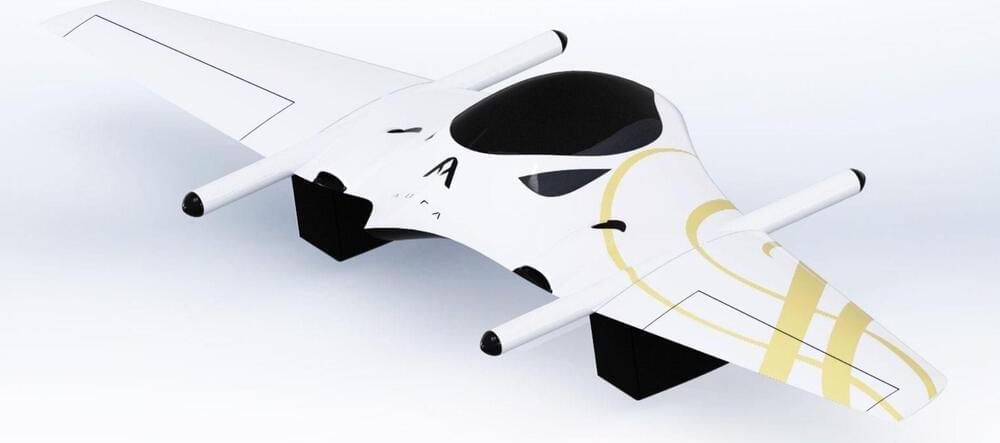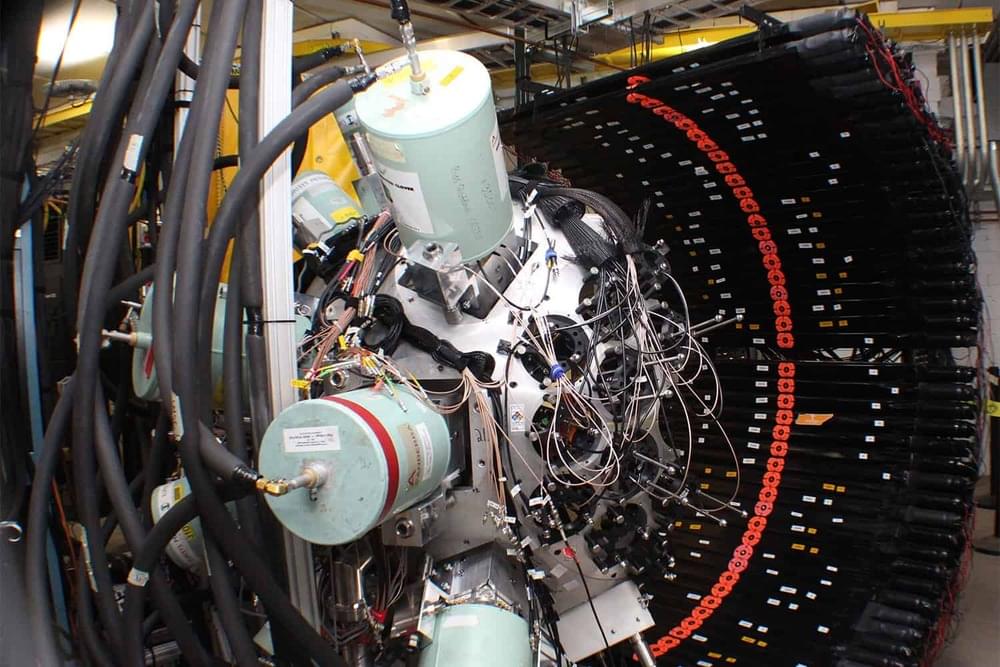The company claims the aerial vehicle can top any regular airliner.
The five-seater VTOL (vertical takeoff and landing) Ranger, developed by Aura Aerospace, claims to fly farther than any typical airliner and boasts roof-to-roof vertical takeoff and landing capability.
Aura’s plan for doing this is quite straightforward. An octocopter system with eight 70-inch (178-cm) two-blade props hanging fore and aft of the enormous main wing is used to achieve vertical takeoff and landing. A pair of turbofan jet engines start-up to give forward power once the vehicle is in the air and the wing has folded out to its full 75-ft (23-meter) width. This system brings you onto and off of the landing pad.








